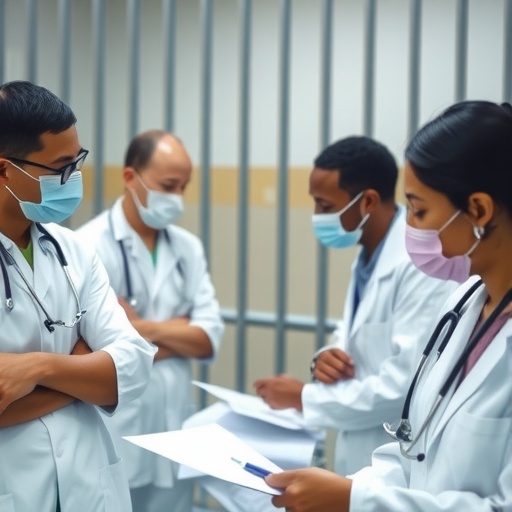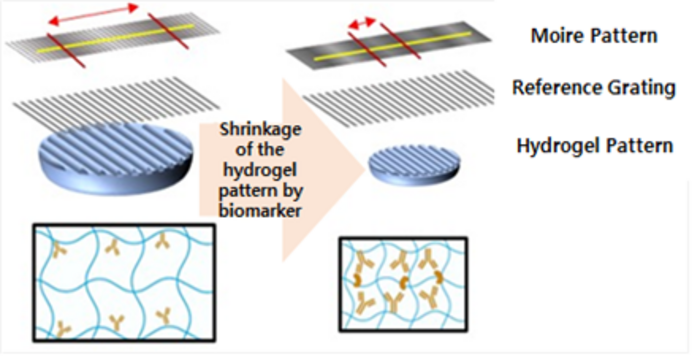TAMPA, Fla. (Jan. 11, 2017) – Graft-versus-host-disease (GVHD) is the leading cause of non-relapse associated death in patients who receive stem cell transplants. In a new study published as the cover story in Science Translational Medicine, Moffitt Cancer Center researchers show that a novel treatment can effectively inhibit the development of GVHD in mice and maintain the infection- and tumor-fighting capabilities of the immune system.
Stem cell transplants can be used to treat patients who have certain types of cancer, such as leukemia or lymphoma. Many patients who have stem cell transplants receive an allogeneic transplant – stem cells donated by another person. One risk associated with allogeneic stem cell transplants is GVHD during which the donated immune cells fail to recognize the patient's own tissues and organs. The symptoms of GVHD vary and can be life-threatening. Common symptoms include rash, nausea and vomiting, diarrhea, and occasionally jaundice and liver failure.
In order to reduce the risk of GVHD, physicians try to match the recipient and donor tissue types as close as possible and prophylactic medicine is given throughout the transplant process. However, patients may still develop GVHD. The medications used to prevent GVHD are not very selective and suppress the activity of many different immune cell types; good and bad. As a result, GVHD prevention can increase the risk of serious infections and also inhibit the ability of donor immune cells from fighting against residual leukemia or lymphoma cells.
A team of Moffitt researchers led by Brian C. Betts, M.D., are trying to develop better, more effective treatments for preventing GVHD. Their goal is to develop drugs that can block those components of the immune system that contribute to GVHD, but do not affect the components of the immune system that are important for fighting infections and the tumor cells.
"It is known that Aurora kinase A and JAK2 pathway activation contributes to GVHD. However, drugs that inhibit either protein alone do not completely prevent GVHD," said Betts. "We hypothesized that co-treatment with drugs that target both Aurora kinase A and JAK2 could prevent GVHD better than either drug alone."
The researchers discovered that combined inhibition of Aurora kinase A and JAK2 promotes the differentiation of potent regulatory T cells, specialized immune cells that prevent GVHD. Aurora kinase A and JAK2 also significantly reduced GVHD in mice and allowed for the development of anti-cancer immune cells. This was best demonstrated by a drug developed at Moffitt that inhibits both Aurora kinase A and JAK2 simultaneously, eliminating the need to use two different medications.
"This novel prevention strategy warrants further investigation because of its potential to reduce the risk of GVHD and possibly be more effective and selective than commonly used GVHD treatments currently available today," added Betts.
###
The study was published in the January issue of Science Translation Medicine and was supported by funds received from the National Institutes of Health (K08 HL11654701A1).
About Moffitt Cancer Center
Moffitt is dedicated to one lifesaving mission: to contribute to the prevention and cure of cancer. The Tampa-based facility is one of only 47 National Cancer Institute-designated Comprehensive Cancer Centers, a distinction that recognizes Moffitt's excellence in research, clinical trials, prevention and cancer control. Moffitt is the No. 6 cancer hospital in the nation and has been listed in U.S. News & World Report as one of the "Best Hospitals" for cancer care since 1999. Moffitt devotes more than 2.5 million square feet to research and patient care. Moffitt's expert nursing staff is recognized by the American Nurses Credentialing Center with Magnet® status, its highest distinction. With more than 5,200 team members, Moffitt has an economic impact in the state of $2.1 billion. For more information, call 1-888-MOFFITT (1-888-663-3488), visit MOFFITT.org, and follow the momentum on Facebook, Twitter and YouTube.
Media Contact
Lisa Chillura
[email protected]
813-745-1353
@MoffittNews
http://www.moffitt.usf.edu
############
Story Source: Materials provided by Scienmag





